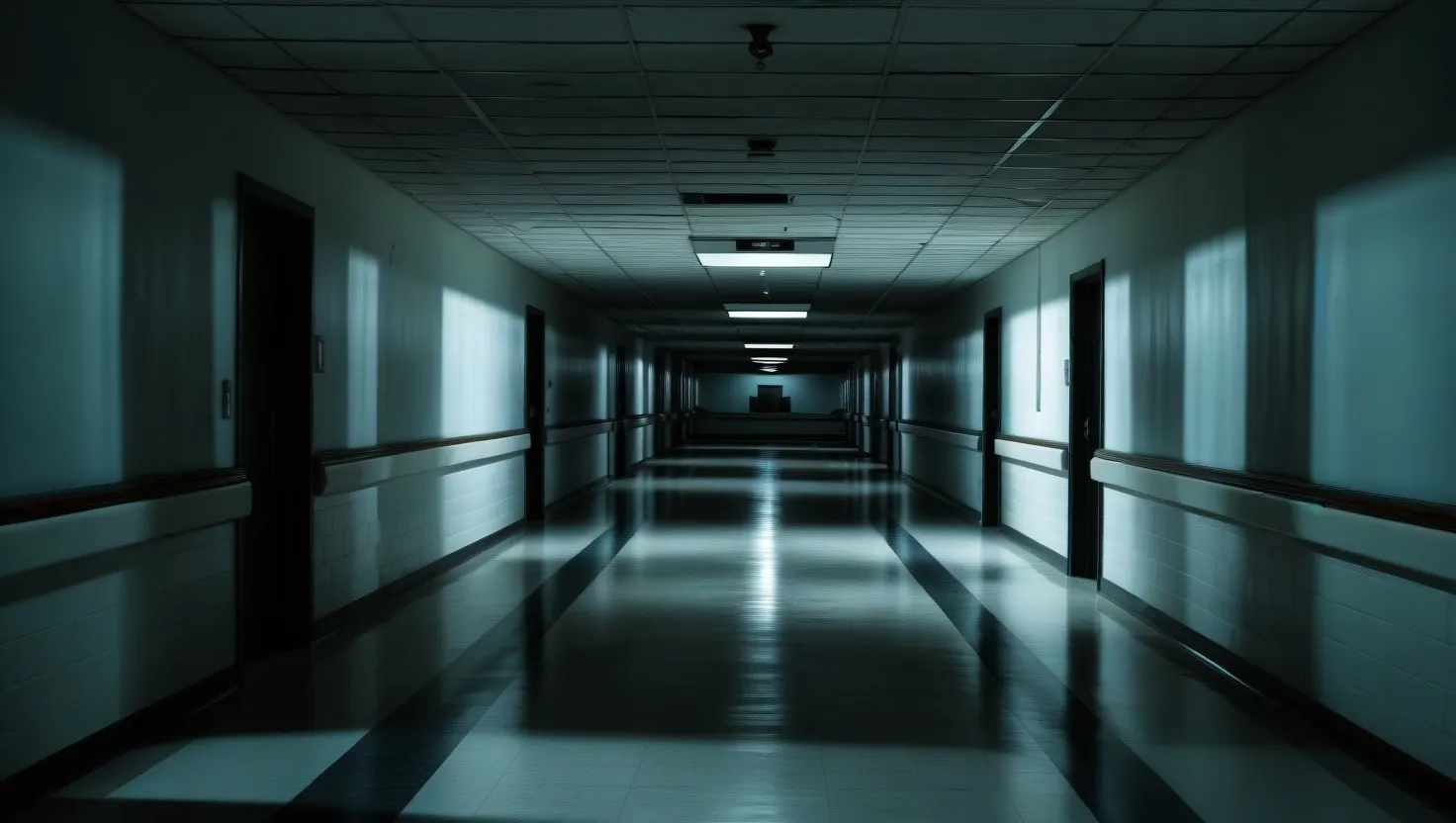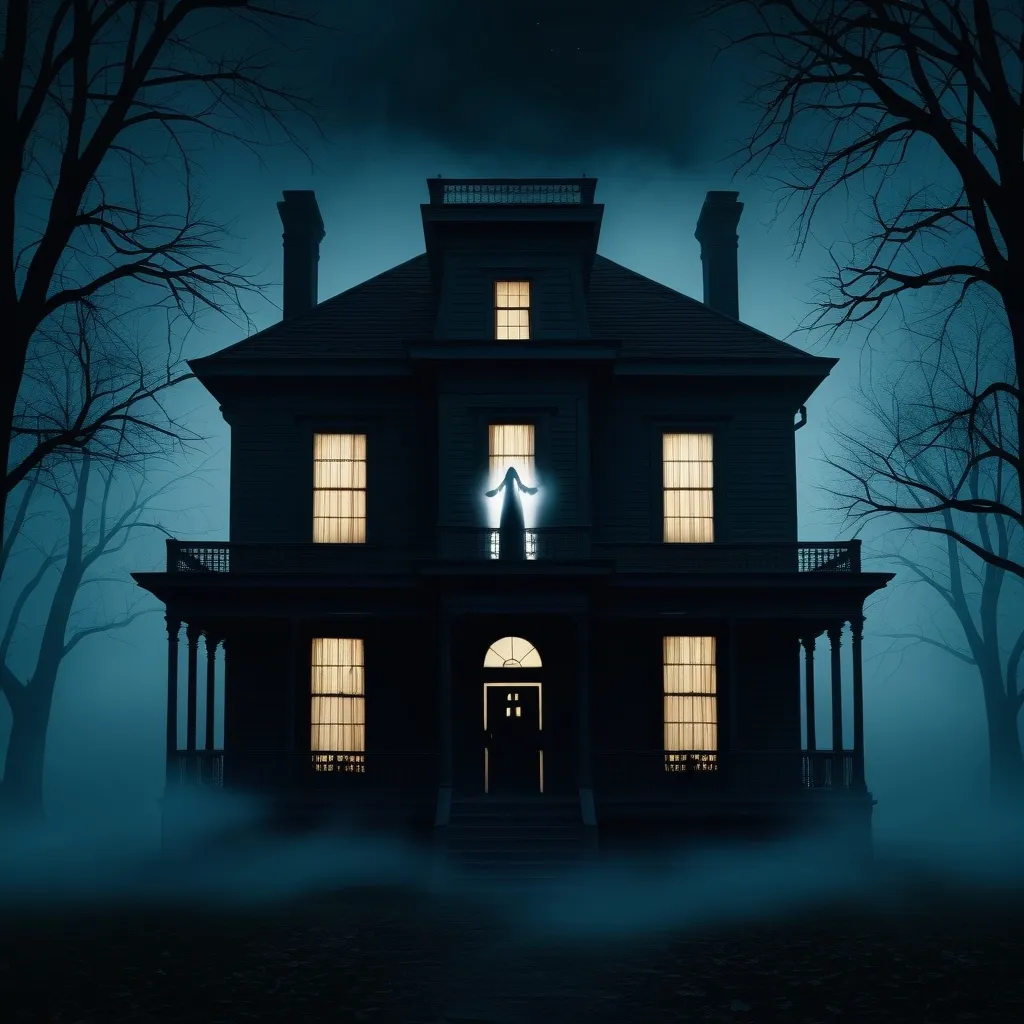The Waverly Hills Sanatorium, nestled in the heart of Louisville, Kentucky, is a place where the lines between the past and the present blur in ways that both fascinate and terrify. For decades, this former tuberculosis hospital has been a magnet for paranormal enthusiasts, each drawn by the whispers of ghostly apparitions and unexplained occurrences. However, a recent development has added a new layer of intrigue to this already captivating narrative: the discovery of unexplained voice-like sounds that defy easy explanation.
As I step into the musty, dimly lit corridors of Waverly Hills, I am met with an eerie silence that seems to hold its breath in anticipation. The air is thick with the weight of history, each creak of the old wooden floorboards echoing through the empty halls like a reminder of the countless lives that once pulsed through this very space. It is here, amidst this haunting backdrop, that researchers have begun to uncover a phenomenon that challenges both the skeptics and the believers.
Using advanced audio equipment, these researchers have detected faint, voice-like sounds that are barely audible to the human ear. When analyzed through spectrographic imaging, these sounds reveal linguistic properties – a characteristic that suggests they might be more than just random noise. What makes this discovery particularly compelling is the consistency of these audio anomalies. They occur at regular intervals and in specific locations, unaffected by environmental conditions or the time of day.
“The universe is not only stranger than we think, it is stranger than we can think,” Einstein once said. These words resonate deeply as we delve into the mystery of the Waverly Hills voices. Initial attempts to explain these sounds through known physical mechanisms – such as wind patterns or building resonance – have proven inconclusive. The scientific community is now abuzz with theories, each attempting to explain this enigmatic phenomenon.
Some scientists propose that the building’s unique architecture and materials may be creating an acoustic phenomenon that captures and distorts ambient sounds from the surrounding area. This theory suggests that the structure itself might be acting as a giant, eerie microphone, amplifying and altering sounds in ways that are not yet fully understood. Others speculate about the possibility of infrasound or electromagnetic fluctuations influencing the audio equipment, though these hypotheses remain speculative at best.
The debate surrounding these voices extends far beyond the paranormal community, drawing in acoustics experts and physicists who are eager to unravel the mystery. Ongoing research aims to determine whether these sounds represent a new form of audio anomaly or if they can be explained by conventional scientific principles.
As I walk through the abandoned wards, I am struck by the sheer number of deaths that occurred within these walls. Estimates vary widely, but it is believed that between 8,000 to 68,000 people lost their lives here, many succumbing to the relentless grip of tuberculosis. The hospital’s history is marked by tragedy – from the nurses who took their own lives to the patients who endured inhumane treatments. It is a history that seems to seep into every brick and every beam, creating an atmosphere that is both melancholic and foreboding.
“Ghost stories are a way of dealing with the past,” notes author Neil Gaiman. At Waverly Hills, the past is palpable, and the ghost stories are more than just tales – they are lived experiences for many who venture here. The voices, whether they are of paranormal origin or a result of some yet-unknown scientific phenomenon, serve as a poignant reminder of the lives that were lived and lost within these walls.
Visitors to Waverly Hills often report a range of paranormal experiences – from shadow figures and disembodied screams to full-bodied apparitions and inexplicable physical sensations. There is the ghost of a doctor in a white lab coat, the apparition of a woman with bleeding wrists, and the playful spirit of a boy named Timmy, who is said to enjoy playing ball with visitors. Each of these stories adds to the rich tapestry of Waverly Hills, a place where the boundaries between reality and the supernatural are constantly blurred.
But what if these voices are not just the echoes of the past? What if they represent something entirely new – a previously undiscovered aspect of our physical world? The possibility is both exhilarating and terrifying, a reminder that there is still so much we do not understand about the world around us.
As investigations continue, the Waverly Hills voice phenomenon stands as a testament to the complex interplay between historical sites, human perception, and the limits of our scientific understanding. It is a mystery that challenges us to think beyond our current knowledge, to consider the possibility that there may be more to our reality than what we can see and touch.
In the end, whether the voices of Waverly Hills are the whispers of the dead or the result of some unknown scientific anomaly, they serve as a powerful reminder of the enduring presence of the past. They are a call to explore, to question, and to seek out the truths that lie just beyond the edge of our understanding. And as we stand in the dimly lit corridors of this haunted hospital, we cannot help but wonder – what other secrets lie hidden, waiting to be uncovered?






